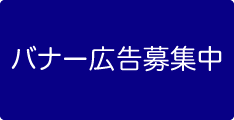24 放射線化学と陽電子消滅24 Radiation Chemistry and Positron Annihilation
日本原子力研究開発機構原子力基礎工学研究センターNuclear Science and Engineering Center, Japan Atomic Energy Agency (JAEA) ◇ 319–1195 茨城県那珂郡東海村大字白方2–4 ◇ 2–4 Shirakata, Tokai-mura, Naka-gun, Ibaraki Pref. 319–1195, Japan



